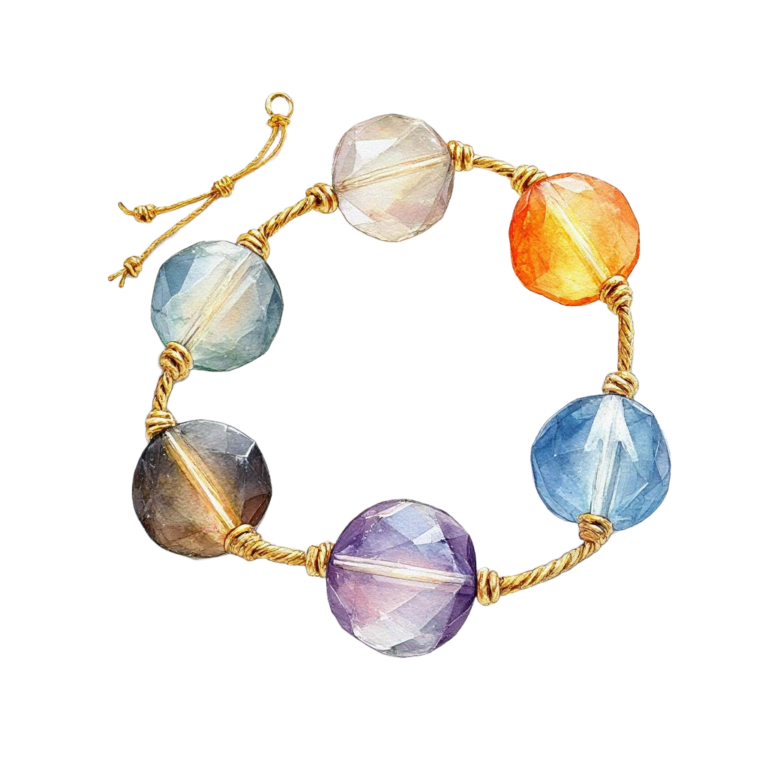Feng Shui pronounced “fung shway” in English, is an ancient Chinese practice that translates literally to “wind and water.” It’s a system of harmonizing individuals with their surrounding environment to promote balance, well-being, and good fortune. Dating back over 3,000 years, Feng Shui combines elements of philosophy, geomancy, astronomy, and design, rooted in Taoist principles of living in harmony with nature.
four Core Principles
- Qi (Chi): The central concept of Feng Shui is “Qi,” the vital life energy that flows through everything. Good Feng Shui enhances the flow of positive Qi, while bad Feng Shui blocks or disrupts it.
- Yin and Yang: This represents balance between opposites (e.g., light and dark, soft and hard). Feng Shui aims to achieve equilibrium in spaces.
- Five Elements: Wood, Fire, Earth, Metal, and Water are symbolic forces that interact with each other. Feng Shui uses these elements to adjust energy in a space (e.g., adding plants for Wood or mirrors for Water).
- Bagua Map: A key tool in Feng Shui, the Bagua is an octagonal grid that divides a space into eight areas, each corresponding to aspects of life (e.g., wealth, health, relationships). It’s used to analyze and optimize a home or workplace.
How It Works
Feng Shui practitioners assess the layout, orientation, and design of a space—such as a home, office, or garden—to determine how energy flows. They consider:
- Direction: Compass directions (e.g., north, south) influence energy based on the occupant’s birth data or the building’s orientation.
- Placement: Furniture, decor, and objects are arranged to encourage positive Qi flow (e.g., avoiding cluttered corners or placing a bed away from a door).
- Symbolism: Items like mirrors, water features, or specific colors are used to enhance desired outcomes (e.g., blue for calmness, red for vitality).
Common Applications
- Home Design: Positioning a front door to “welcome” energy, avoiding sharp angles, or placing a fountain for prosperity.
- Business: Arranging offices to boost productivity or attract clients (e.g., a clear path to the entrance).
- Personal Life: Aligning spaces to improve health, relationships, or wealth based on individual needs.
Examples
- Good Feng Shui: A bright, open living room with plants (Wood) and natural light (Fire) to promote growth and energy.
- Bad Feng Shui: A bed directly facing a mirror, believed to disrupt sleep by reflecting Qi back at the sleeper.
Cultural Significance
Feng Shui is deeply embedded in Chinese culture and is still widely practiced globally, especially in East Asia. It’s consulted for everything from building skyscrapers (e.g., Hong Kong’s architecture) to choosing wedding dates. While some view it as a spiritual art, others see it as a practical approach to interior design and psychology.
Modern Perspective
Today, Feng Shui blends tradition with contemporary lifestyles. Skeptics may dismiss it as superstition, but proponents argue it’s about creating intentional, comfortable spaces. Scientific evidence is limited, but its psychological benefits—like reducing clutter or enhancing aesthetics—are often acknowledged.
If you meant something specific (e.g., Feng Shui for a particular purpose like wealth or health), let me know, and I’ll dive deeper! Alternatively, if “fengshui” was a typo or code for something else, feel free to clarify.


